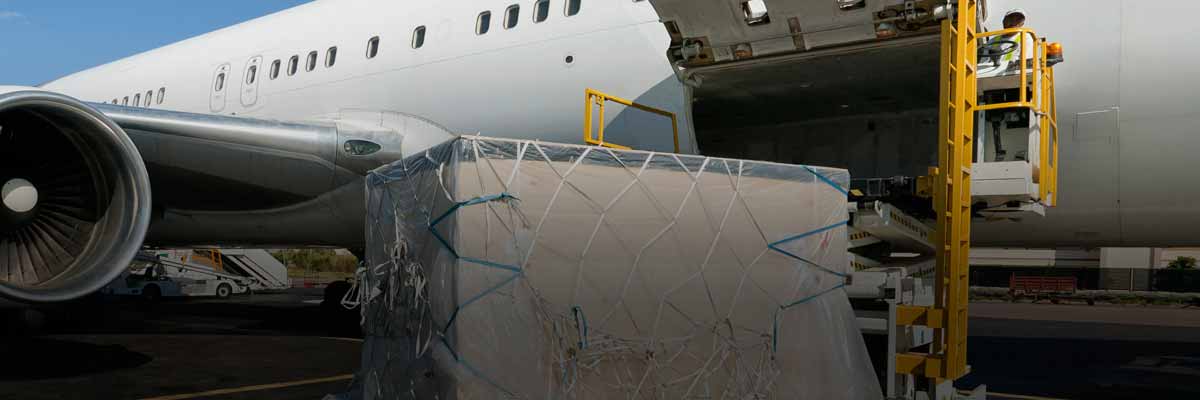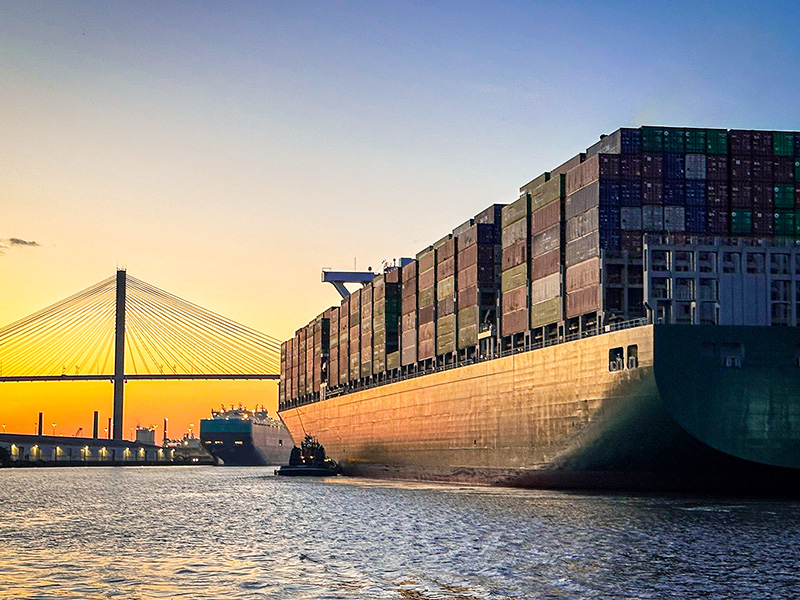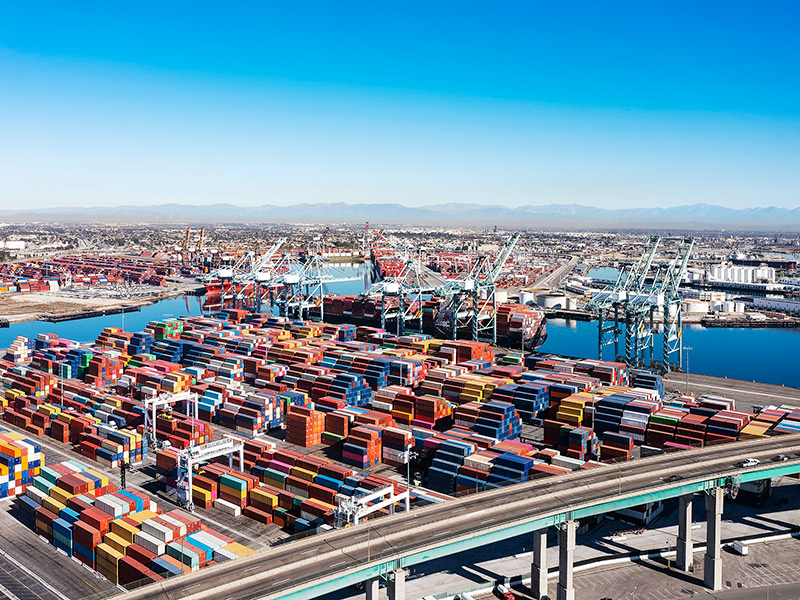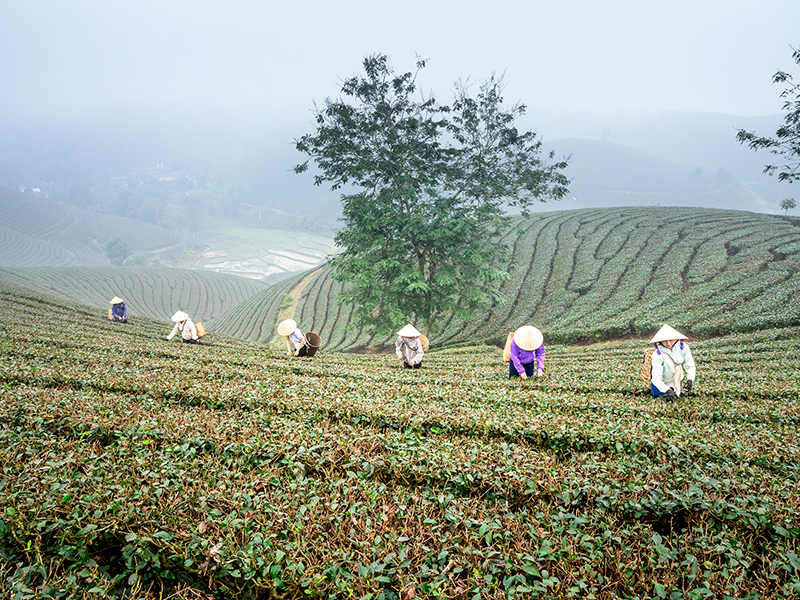The Challenge
Cathay Pacific’s 20/20 sustainability commitments include reducing waste by 25 percent and sourcing all Cathay Pacific-branded products from more sustainable materials. Both of these goals link closely to the disposable plastic used for in-flight services, and present a challenge for Cathay Pacific’s environment and procurement teams. The second target in particular raised key questions around what constitutes a “more sustainable” material; the question is particularly difficult to answer for plastics. The environmental footprint of plastics is spread across the production, transport, use, and disposal phases, and across multiple impact dimensions such as carbon, water, energy, and volume of waste generated. This complexity makes it difficult for procurement teams to readily identify and select which material is most sustainable.
Cathay Pacific partnered with the Center for Sustainable Procurement (CSP) to define what “more sustainable” means in the context of single-use plastic items, and to create tools and procedures that can steer procurement decisions toward plastics with lower environmental impact.
The Strategy
First, CSP representatives met with four key Cathay Pacific teams: Procurement, Product Design, Inflight Services, and Environmental Affairs. These teams cooperate closely to formulate Requests for Proposals (RFPs) for potential suppliers and score the responses. Together, Cathay Pacific and CSP identified a specific case to tackle: salad bowl covers of economy class meal trays.
CSP worked with Cathay Pacific to modify the supplier RFP to include the following:
- More explicit inclusion of sustainability language throughout the RFP document, clearly stating Cathay Pacific’s environmental targets and expectations.
- Requests for quantitative data on plastics production, such as polymer type, weight, recycled content, energy and water used, and carbon emitted during production.
- Calls for qualitative data on supplier initiatives and suggestions for how to reduce the environmental footprint of transport and packaging.
CSP then developed a tool for procurement teams to compare the relative sustainability merits of different plastic types proposed by suppliers based on the information those suppliers provided. While not performing a full Life Cycle Analysis–which would be ideal, but requires extremely costly and technical software–the CSP tool introduces elements of lifecycle thinking that enable a more analytical and consistent scoring of supplier proposals. The tool produces a user-friendly, numerical, and graphical output that aggregates data from the following three inputs.
- Weight of the item as a proxy for the amount of waste generated. Reducing the volume of waste has a direct environmental impact, and aligns with Cathay Pacific’s goal of 25 percent waste reduction. Moreover, it is likely to have a progressively significant cost implication, as the Hong Kong government is scheduled to introduce a waste-charging scheme soon.
- Energy and water used, and CO2 emitted as proxies for the upstream impacts of plastics production. CSP included a preference for recycled content as a factor that reduces the impact of production.
- Recyclability and “compostability” to represent the “option value” of choosing materials that have the potential to be taken out of landfill waste streams in the future, if and when operational constraints change.
The plastics comparison tool can be used to rank the relative sustainability merits of materials proposed by suppliers, thus enabling a more informed supplier selection by Cathay Pacific’s Procurement Department.
The Impact
Procurement teams are using the strengthened RFP language and data requests to spark engagement with suppliers about Cathay Pacific’s expectations. In response, more than 60 percent of invited suppliers disclosed environmental footprint data as requested, and about 30 percent provided complete data sets, as well as commentary on how to further improve the sustainability characteristics of Cathay Pacific’s in-flight products.
The plastics comparison tool is being used in the assessment of different plastics materials options, and allowing Cathay Pacific to evaluate environmental impacts against more traditional procurement criteria of cost and quality. Subsequently, procurement teams have gone one step further, taking the initiative to request environmental footprint data on all plastic items in the RFP, not only the single-use ones. This demonstrates how the CSP’s frameworks, templates, and tools for the integration of sustainability criteria into purchasing can be extended effectively to other items in a company’s supply chain.
In addition, the CSP project enabled Cathay Pacific’s Environmental Affairs Department to gain a better understanding of the needs and constraints faced by various teams involved in procurement decisions. It also helped Cathay Pacific leaders get a better sense of how the company can incorporate these considerations into sustainability efforts overall.
Through its analytical and practical approach, CSP also supported Cathay Pacific’s Environmental Affairs Department to demonstrate to procurement professionals the value of integrating sustainability criteria into purchasing processes. For example, by monetizing the plastic items’ landfill waste footprint with the HK$500/per ton charge proposed by the Hong Kong government in 2016, CSP showed how procurement decisions that result in lower waste production can also lead to reductions in waste charges.
Finally, the CSP project at Cathay Pacific provided the company with an entry point for measuring and tracking performance against its sustainability goals on waste and “more sustainable” materials.
Lessons Learned
While plastics have complex environmental footprints that cannot be compared easily, requesting data from suppliers yielded valuable information and sparked a dialogue about ways for Cathay Pacific to reduce its environmental impact.
In general, suppliers were willing to cooperate with data requests and interested to engage about the sustainability implications of the material selection. A large share of suppliers already are proficient in measuring and disclosing environmental footprint data, with some even offering the customers technical advice on the sustainability merits of different polymers.
Life Cycle Analysis software may not be practical for procurement teams with capacity constraints, but these teams still can integrate life-cycle thinking approaches progressively into their policies, tools, and scorecards. The CSP’s plastic comparison tool is an example of how this can be done.
Let’s talk about how BSR can help you to transform your business and achieve your sustainability goals.








